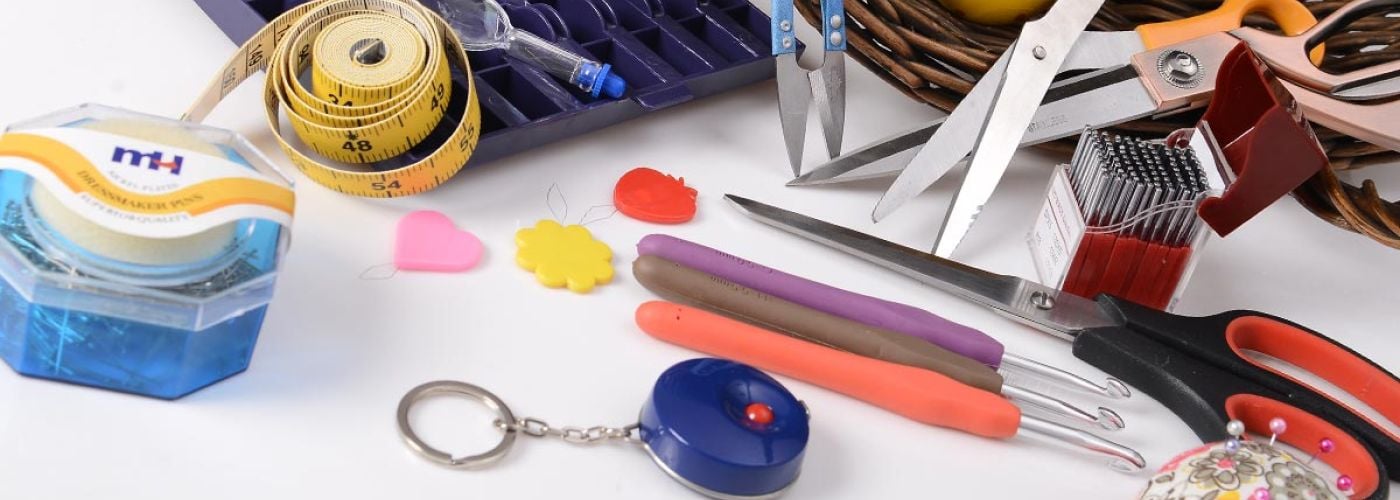
How Do I Sew: A Comprehensive Guide for Beginners
Sewing represents one of humanity’s most enduring practical skills. This craft transforms simple materials into functional items, offering both creative expression and cost-effective solutions for household needs. Whether you seek to repair clothing, create custom pieces, or develop a rewarding hobby, mastering basic sewing techniques provides immediate value and long-term satisfaction.
This guide covers essential tools, fundamental techniques, and beginner-friendly projects. By following these structured steps, you will acquire the knowledge needed to begin your sewing journey with confidence and precision.
The investment in learning how to sew pays dividends through reduced clothing costs, personalized home décor, and the satisfaction of creating handmade items. Professional seamsters and casual crafters alike begin with these same foundational skills.
Anyone can learn how to sew with the right guidance and practice, and this guide is designed to help you get started on your sewing journey.
Introduction to Basic Sewing
Welcome to the world of sewing, where creativity meets practicality and every project is a chance to learn something new. Basic sewing is a skill anyone can master with a little patience and practice. To get started, you’ll need a few essential tools: a sewing machine for faster projects, a selection of sewing needles for hand and machine sewing, and a well-stocked sewing kit. Your local fabric store is the perfect place to find these supplies, along with a variety of fabrics like cotton, linen, and denim—great choices for beginners.
As you begin, focus on learning the basics: try out the running stitch for simple seams, the backstitch for stronger joins, and the whip stitch for finishing edges. Don’t worry if your first stitches aren’t perfect—mistakes are a natural part of the learning process and help you improve your sewing skills. The more you practice, the more confident you’ll become, and soon you’ll be ready to tackle a range of projects, from simple repairs to creative crafts. Remember, every expert sewer once started sewing as a beginner, so enjoy the process and celebrate your progress along the way.
Essential Sewing Tools and Materials
Success in sewing depends on quality tools and appropriate materials. Each component serves a specific purpose in the construction process.
Sharp pins slide through fabric easily and are designed to create only a minimal hole, preventing damage or large punctures in the material.
Basic Hand Sewing Tools
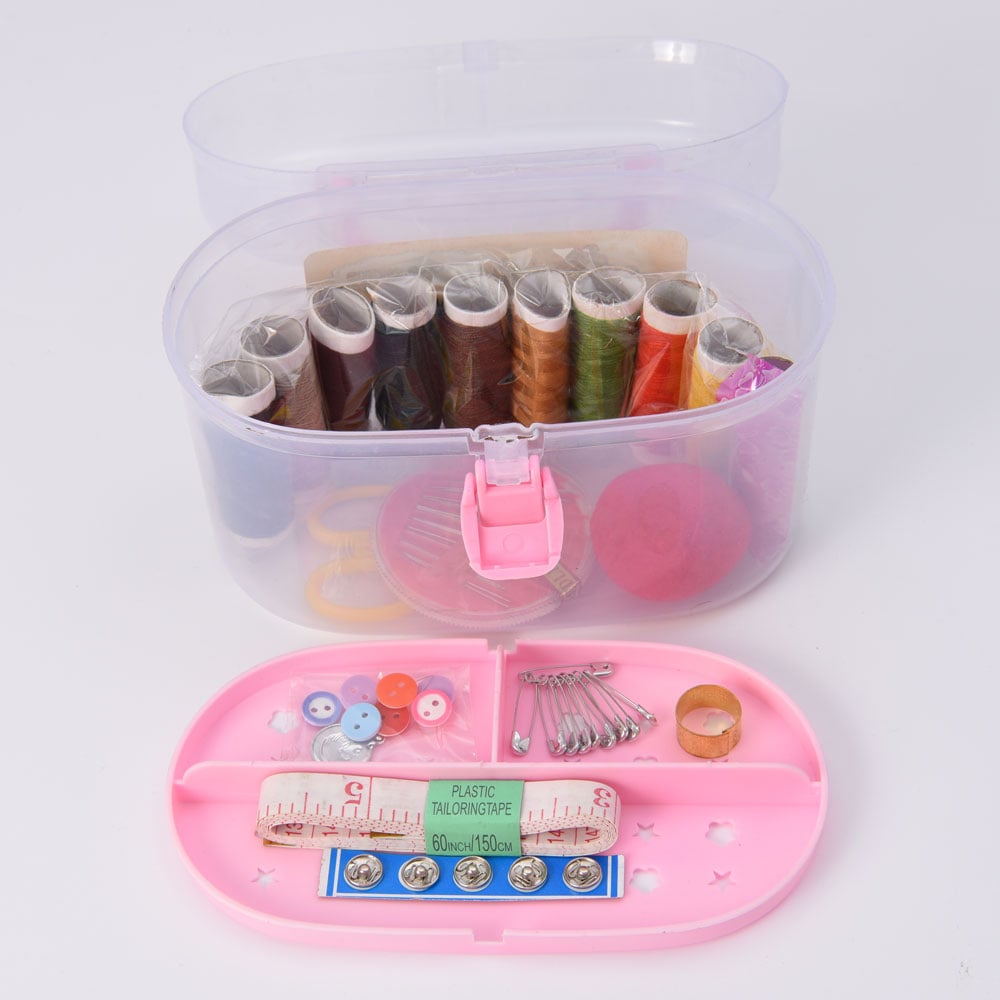
Needles form the core of any sewing toolkit. Hand-sewing needles come in various sizes, with smaller numbers indicating larger needles. Universal needles (sizes 7-10) work well for most fabric types. Sharp needles penetrate fabric cleanly, while ballpoint needles prevent runs in knit materials.
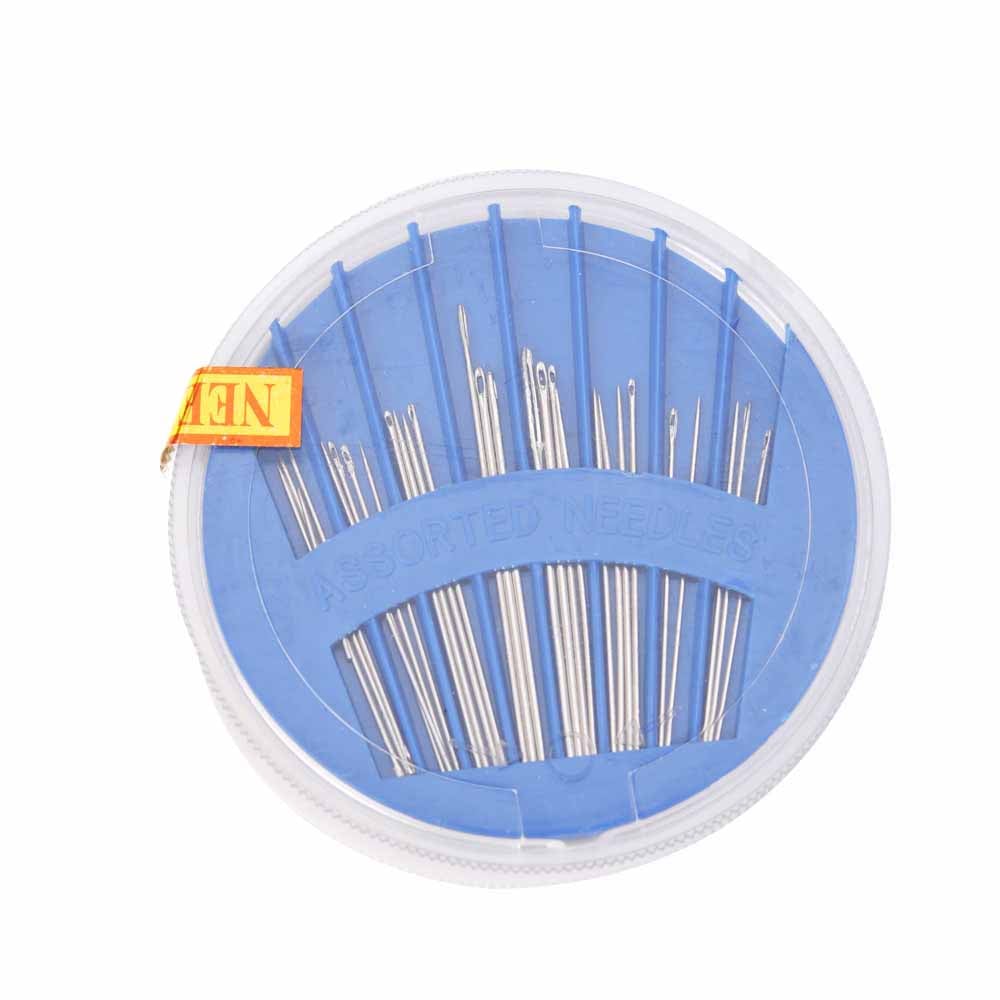
Thread must match your fabric weight and intended use. Cotton thread suits cotton fabrics, while polyester thread offers durability for synthetic materials. Quality thread reduces breaking and ensures consistent stitching.
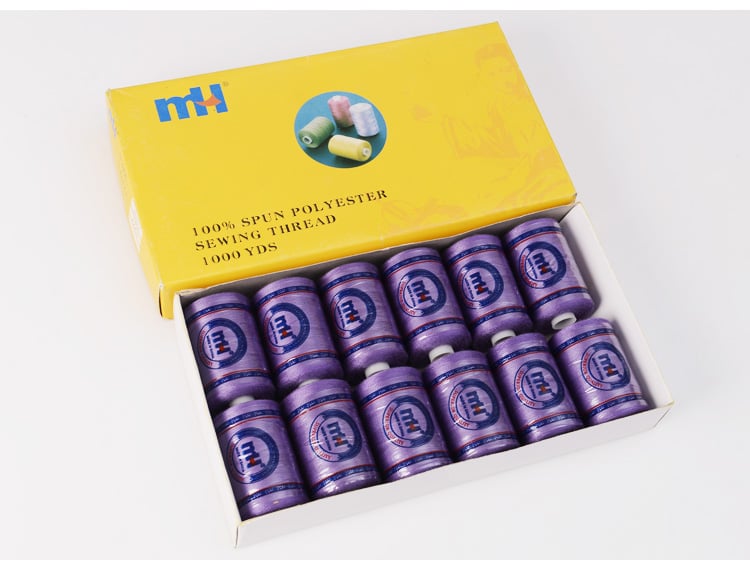
Fabric scissors require sharp, dedicated blades. Never use fabric scissors for paper or other materials, as this dulls the blades and creates uneven cuts. Invest in professional-grade scissors for clean, precise cuts.
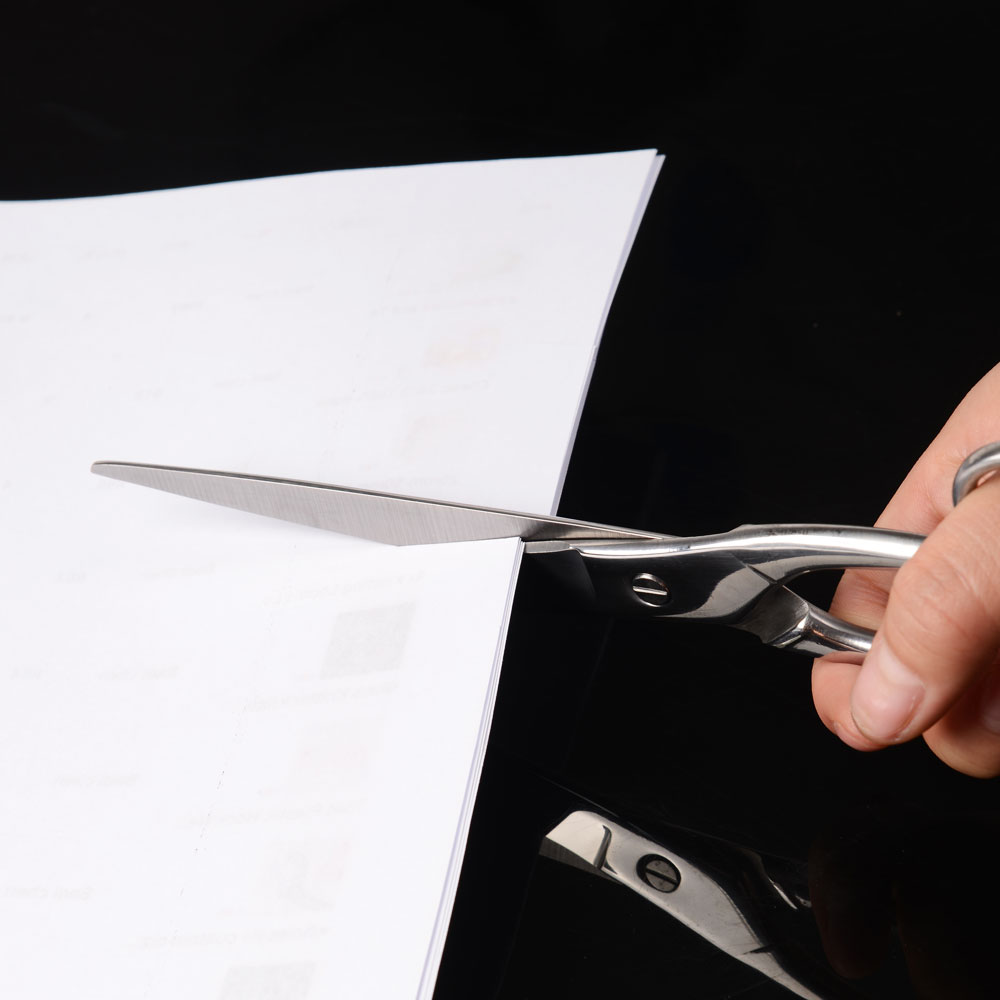
Measuring tools include tape measures, rulers, and seam gauges. Accurate measurements prevent fitting issues and material waste. A flexible tape measure handles curves, while rigid rulers ensure straight lines.
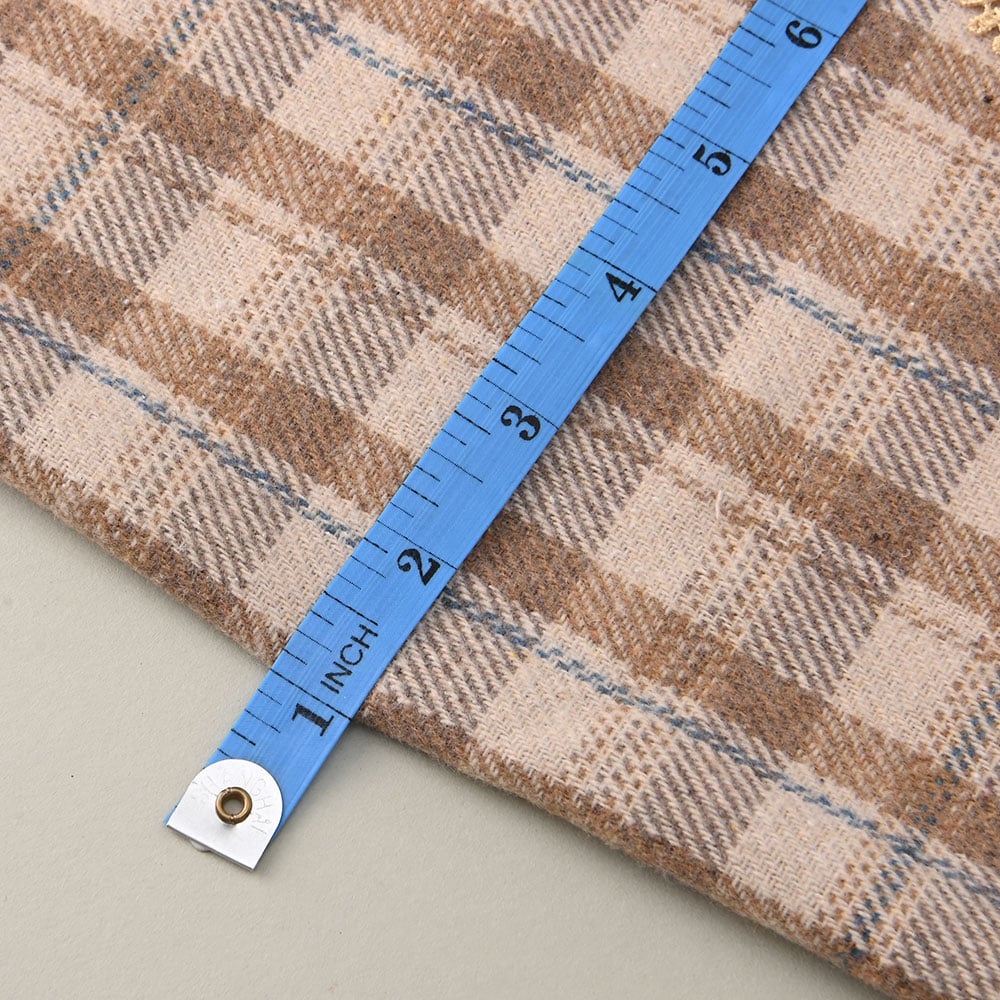
Pins and pin cushion secure fabric pieces during construction. Sharp pins slide through fabric easily without creating large holes. A magnetic pin cushion offers convenient storage and retrieval.
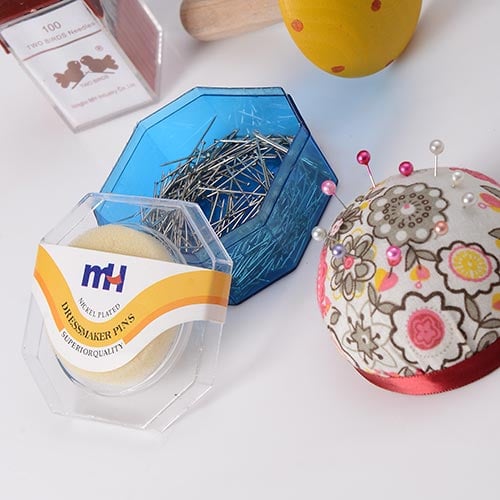
Additional Helpful Materials
Seam ripper removes incorrect stitches efficiently. This small tool features a sharp blade and pointed tip for precise stitch removal.
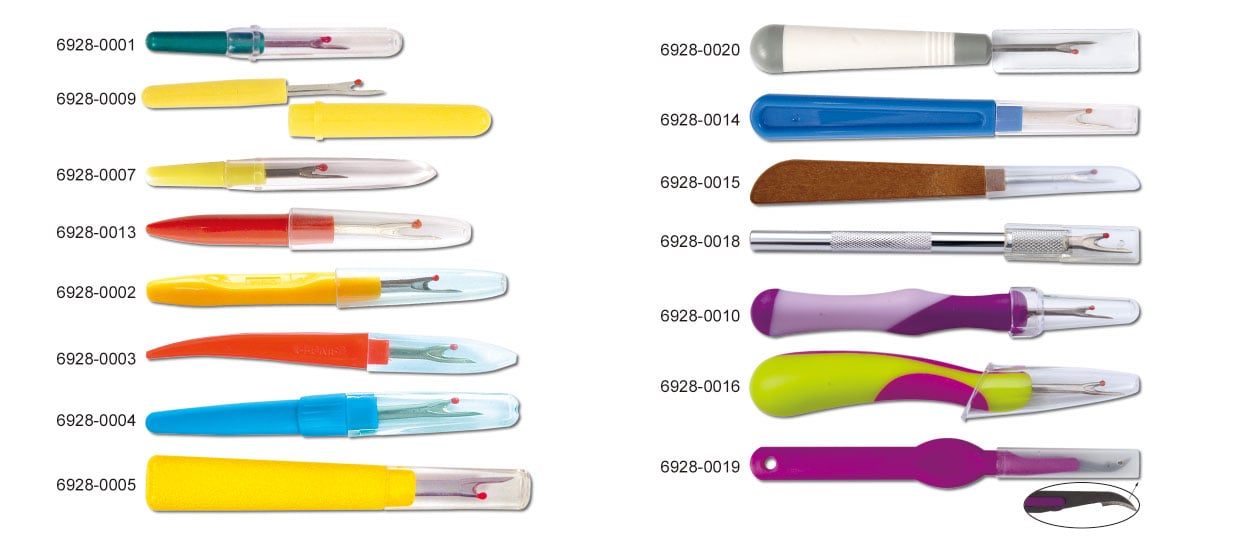
Thimble protects your finger when you push needles through thick fabrics. Metal thimbles offer durability, while silicone versions provide comfortable grip.

Marking tools include fabric chalk, water-soluble markers, and tracing wheels. These tools mark cutting lines, placement points, and construction details without permanent damage.
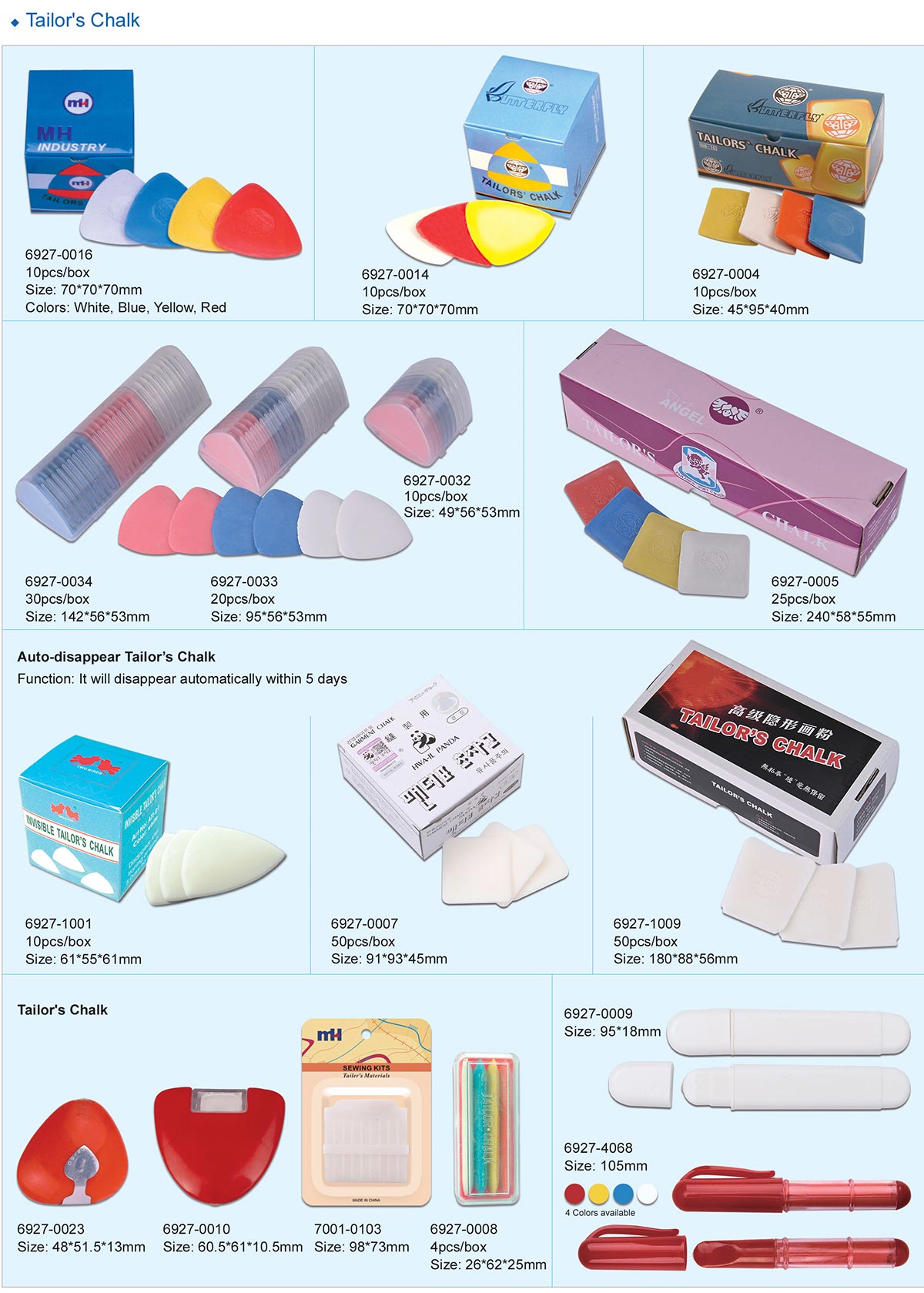
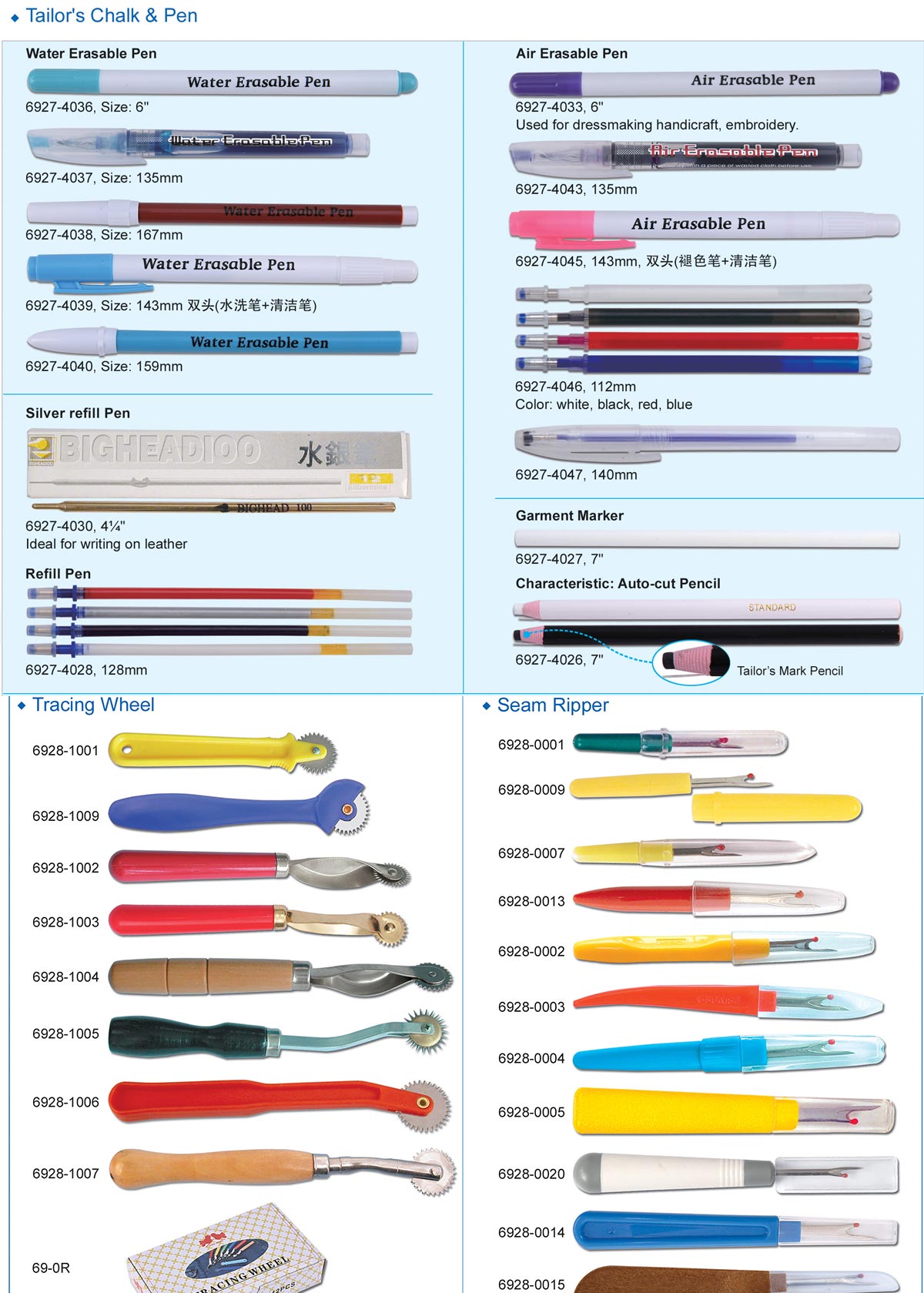
Basic Sewing Techniques
Mastering fundamental techniques creates the foundation for all sewing projects. Each skill builds upon previous knowledge, forming a comprehensive understanding of construction methods.
Threading a Needle
Cut thread approximately 18 inches long. Longer thread tangles easily, while shorter thread requires frequent rethreading. Hold the needle between thumb and forefinger, then guide the thread through the eye from front to back.
If the thread frays, cut the end at an angle or moisten it slightly. Some sewers prefer using a needle threader for easier insertion through small needle eyes.
Tying a Knot
Create a secure knot by wrapping the thread end around your index finger, then rolling it off with your thumb while pinching the thread. For better control and stability, hold the needle or thread with one hand as you tie the knot. This forms a small, tight knot that prevents the thread from pulling through the fabric.
Alternative method: Hold the thread end against the needle, wrap the thread around the needle several times, then slide the wraps down to the thread end while pulling tight.
Essential Hand Stitches
Running stitch represents the most basic sewing technique. Pass the needle in and out of the fabric in even intervals, creating a dashed line appearance. This stitch works well for gathering, basting, and simple seams, and is commonly used to join fabric together.
A basting stitch is a longer, temporary stitch similar to a running stitch, used primarily to hold fabric together for fitting, applique, or machine sewing preparation. Basting uses longer stitches than permanent seams, making it easy to remove after the final stitching is complete.
Backstitch creates strong, continuous seams. Begin with a running stitch, then insert the needle back into the end of the previous stitch before emerging ahead of the thread. When starting, make the first stitch carefully to ensure even tension and proper alignment. This technique produces seams comparable to machine stitching and is also used to join fabric together.
Blanket stitch finishes raw edges and creates decorative borders. Work from left to right, keeping the thread under the needle as you pull through each stitch. This creates a looped edge that prevents fraying and helps join fabric together.
Hemming stitch secures folded fabric edges invisibly. Catch only a few threads of the main fabric with each stitch, creating nearly invisible attachment points. At the end of your stitching, secure the seam by making sure the knot catches, which keeps the seam secure.
Seaming Basics
To seam fabric, start by joining two pieces with right sides together, aligning the raw edges. Pin every 3-4 inches to prevent shifting, making sure to secure all layers of fabric. Sew approximately ½ inch from the raw edge—this distance is called the seam allowance—unless your pattern specifies a different measurement.
After sewing, you may need to turn your project to the wrong side to finish the seam or check your stitches. Remove pins as you approach them to prevent needle damage and maintain smooth stitching. Use an iron to press seams open or to one side as directed by your project requirements.
Sewing Machine Basics
A sewing machine is a game-changer for anyone looking to take their sewing to the next level. Whether you’re interested in making clothing, home décor, or crafts, understanding the basics of your sewing machine is key to successful machine sewing. When choosing a sewing machine, think about the types of projects you want to create and look for features that match your needs, such as automatic threading, adjustable stitch length, or a variety of built-in stitches.
Start by getting to know your machine’s main parts: the needle, thread take-up lever, bobbin, and presser foot. Practice threading the machine and winding the bobbin, following your manual’s instructions. Begin with sewing straight lines on scrap fabric to get comfortable with the feel and speed of the machine. Always use sharp scissors to cut your fabric and thread for clean, precise results, and keep a seam ripper nearby to quickly fix any mistakes. With regular practice, you’ll gain confidence in machine sewing and be ready to tackle more complex projects with ease.
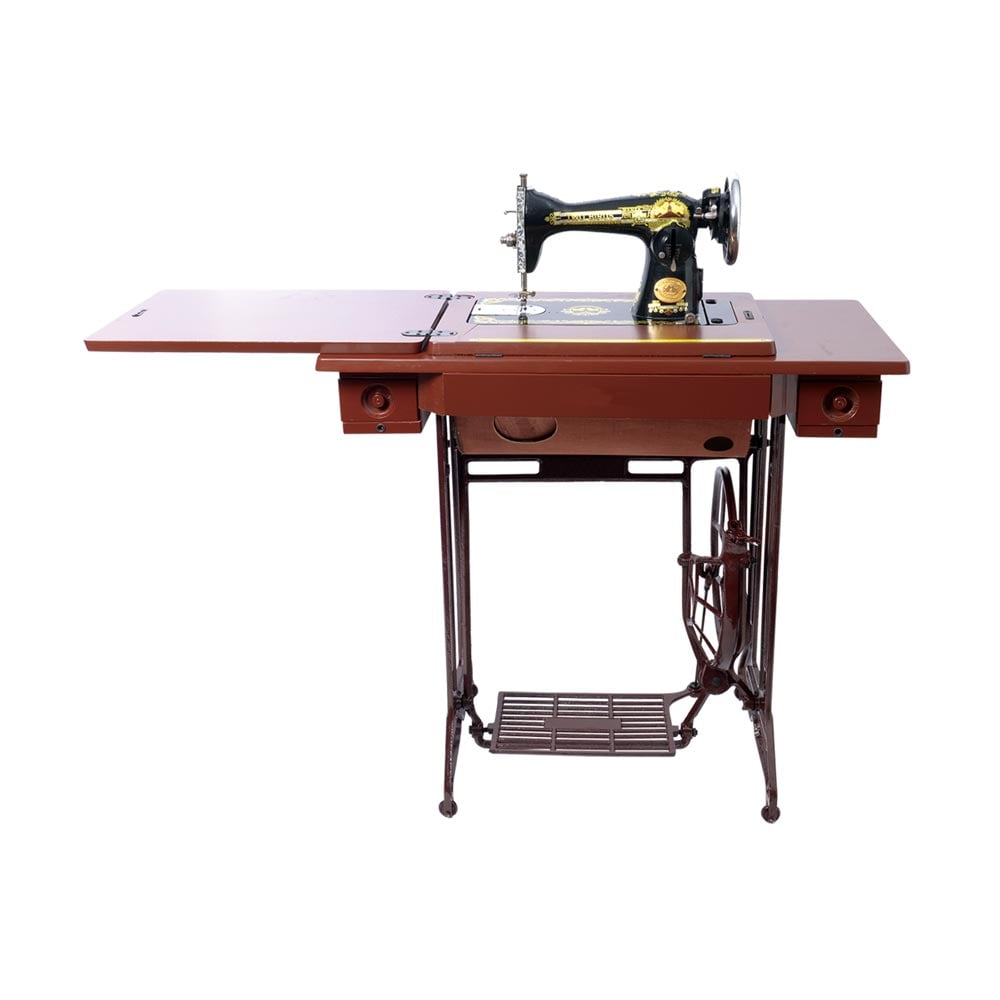
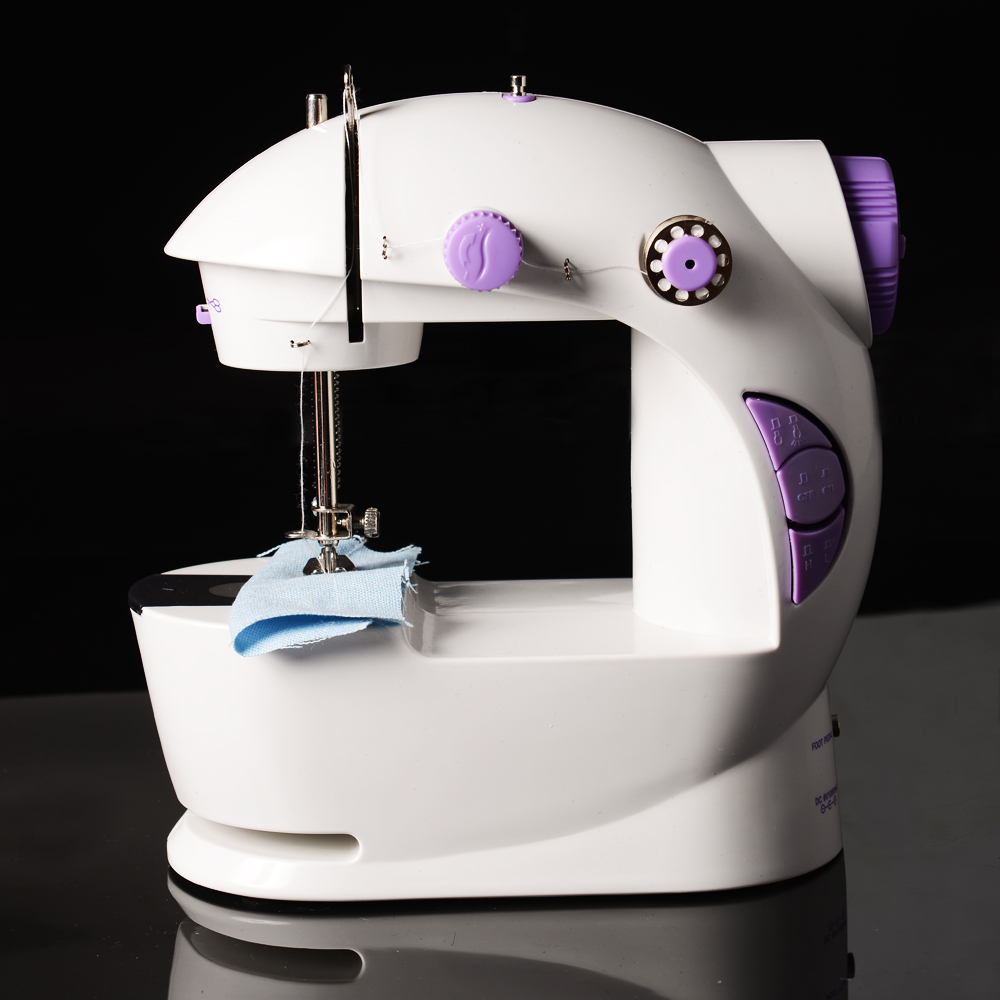
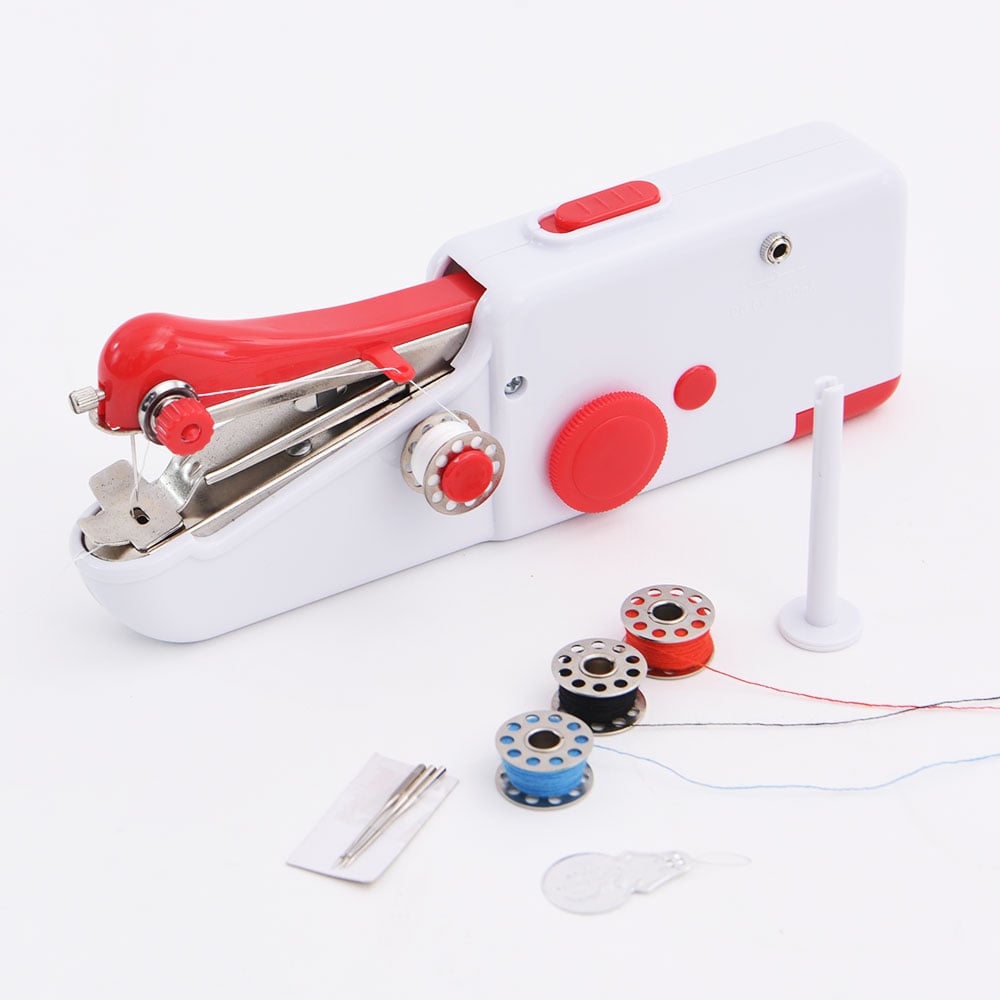
Simple Sewing Projects for Beginners
Starting with manageable projects builds confidence while practicing essential techniques. These projects use basic skills and require minimal time investment.
Pillowcase
A pillowcase offers an excellent first project requiring only straight seams and basic finishing techniques. Cut fabric 21 inches by 33 inches for a standard pillow.
Fold one short end over 2 inches, then fold again 4 inches to create a finished edge. Stitch along the fold line. Fold the fabric in half lengthwise with right sides together, then stitch the long side and remaining short side with ½-inch seam allowances.
Turn the pillowcase right side out and press seams flat. This project teaches seaming, hemming, and finishing techniques while producing a useful household item.
Simple Tote Bag
Tote bags require minimal shaping while practicing handles, seams, and reinforcement techniques. Cut two rectangles 15 inches by 18 inches for the bag body and two strips 3 inches by 20 inches for handles.
Sew the rectangles together along three sides, leaving the top open. Fold the top edge down 2 inches and hem. Attach handles by positioning them 4 inches from each side seam and stitching securely with reinforcement stitching.
This project introduces handle attachment and reinforcement stitching while creating a practical carrying bag.
Basic Drawstring Pouch
Drawstring pouches teach gathering techniques and eyelet creation. Cut fabric 10 inches by 12 inches. Fold the top edge down 2 inches to create a casing for the drawstring.
Stitch close to the raw edge, leaving openings at each side seam for the drawstring. Sew the remaining three sides with ½-inch seam allowances. Thread cord or ribbon through the casing to complete the pouch.
Tips for Improving Your Sewing Skills
Consistent practice develops muscle memory and improves technique quality. Set aside regular time for sewing practice, even if only 15-20 minutes per session.
Start each project by reading all instructions completely before beginning. Understanding the complete construction process prevents mistakes and reduces frustration.
Keep a sewing notebook documenting successful techniques, measurements, and project modifications. This reference tool proves valuable for future projects.
Practice on scrap fabrics before working on your actual project. This allows technique refinement without risking project materials.
Join local sewing groups or online communities for support, advice, and inspiration. Taking a sewing course can also accelerate your skill development by providing structured learning and hands-on guidance. Experienced sewers often share valuable tips and troubleshooting solutions.
Press seams as you sew rather than waiting until completion. Proper pressing creates professional-looking results and makes subsequent steps easier.
Maintain your tools properly. Keep needles sharp, scissors clean, and measuring tools accurate. Quality tool maintenance directly impacts project success.
Troubleshooting Common Issues
Even experienced sewers run into challenges, but most common sewing issues are easy to fix with a few tips and a little patience. If you find your thread tangling or knotting, try using a needle threader or a thread conditioner to keep things running smoothly. Broken needles can happen—just replace them with the correct size and type for your machine and fabric. Uneven stitches are often caused by incorrect tension, so check your machine’s settings and adjust as needed.
For small mistakes or repairs, hand stitches like the ladder stitch or slip stitch are invaluable for creating nearly invisible seams. If you notice a problem while sewing, pause and assess—sometimes simply rethreading the needle or checking the bobbin can solve the issue. Remember, every mistake is a learning opportunity, and with a few tips and consistent practice, you’ll become more skilled at troubleshooting and keeping your sewing projects on track.
Advanced Sewing Techniques
Once you’re comfortable with the basics, it’s time to explore advanced sewing techniques that can elevate your projects. The blanket stitch is a versatile hand stitch perfect for finishing seams or adding a decorative edge to blankets and other items. Embroidery opens up a world of creative possibilities, allowing you to use different stitches and threads to create beautiful, personalized designs on fabric.
A rotary cutter and cutting mat are excellent tools for cutting fabric quickly and accurately, especially when working with patterns or quilting. If you’re interested in making your own clothing, learning how to read and use a pattern is an essential skill. Creating a garment from scratch is a fun and rewarding challenge that will put your sewing skills to the test. With these advanced techniques, you’ll be able to create professional-looking projects and enjoy the satisfaction of mastering new skills.
Staying Motivated and Inspired
Sewing is a journey filled with creativity, learning, and fun, but it’s natural to experience ups and downs along the way. To keep your motivation high, try experimenting with new stitches, fabrics, or techniques—sometimes a simple change can spark fresh inspiration. Joining a sewing community, whether in person or online, is a great way to connect with others, share ideas, and learn from fellow enthusiasts.
Explore sewing blogs, books, and magazines for project ideas and tutorials, and don’t hesitate to take a class to expand your skills. Celebrate your achievements, big or small, whether you’ve finished a challenging garment or simply sewn a neat hem. Most importantly, remember to enjoy the process—sewing is about expressing yourself and creating something unique with your own hands. With a little inspiration and a lot of fun, you’ll find endless reasons to keep sewing and growing your skills.
Building Your Sewing Foundation
Learning how to sew opens numerous creative and practical possibilities. These fundamental skills—proper tool use, basic stitches, and simple construction techniques—form the foundation for more advanced projects.
Start with basic hand sewing techniques before progressing to machine work. Hand sewing develops understanding of fabric behavior, thread tension, and stitch formation. These concepts transfer directly to machine sewing success.
Practice regularly with simple projects that reinforce basic skills. Each completed item builds confidence and demonstrates progress. Document successful techniques and measurements for future reference.
Quality tools and materials support learning success. Invest in sharp scissors, appropriate needles, and good thread. These tools make learning easier and produce better results.
The journey from beginner to skilled seamster requires patience and practice. Focus on mastering each technique thoroughly before advancing to more complex projects. With consistent effort and attention to detail, these foundational skills will serve you throughout your sewing endeavors.
 Whatsapp:
Whatsapp: